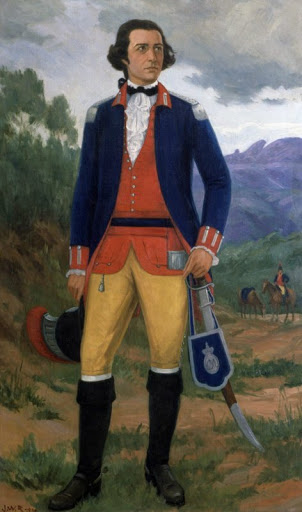Brazil’s Tiradentes Day: Honoring a Hero of Brazilian Independence
Every April 21st, Brazil commemorates Dia de Tiradentes (Tiradentes Day), one of the nation’s most important civic holidays. It honors Joaquim José da Silva Xavier, known by his nickname Tiradentes, meaning tooth puller. He was a national martyr and a symbol of the Brazilian independence movement.
Origins and Historical Significance of Brazil’s Tiradentes Day
Tiradentes was born in 1746 in Minas Gerais, a region rich in gold and colonial wealth. He was a dentist (hence the nickname), soldier, and member of the Brazilian middle class. He became increasingly disillusioned with the heavy taxes imposed by the Portuguese crown. In the late 18th century, he joined a group of intellectuals and revolutionaries in what became known as the Inconfidência Mineira (Minas Gerais Conspiracy), an unsuccessful attempt to achieve independence from Portuguese rule.
Influenced by Enlightenment ideals and inspired by the American and French revolutions, the conspirators planned to establish a republic in Brazil. However, the movement met with betrayal before it could begin. Tiradentes took full responsibility and was the only one executed. On April 21, 1792, the Portuguese crown hanged and later quartered him, with his body parts displayed publicly as a warning.
Despite his brutal end, Tiradentes became a symbol of resistance and patriotism. His legacy gained prominence in the 19th century, particularly after Brazil’s transition from monarchy to republic in 1889. At this time the country officially recognized him as a national hero.
How Tiradentes Day Is Celebrated
Today, Dia de Tiradentes is um feriado nacional (a national holiday) across Brazil. Schools, banks, and government offices close, and many cities hold parades and civic ceremonies to honor his legacy.
In Ouro Preto, Minas Gerais, a historical city closely associated with Tiradentes and the Inconfidência Mineira, visitors and locals attend military parades, public speeches, and religious masses. The colonial architecture and cobblestone streets provide a dramatic backdrop for remembering this pivotal figure in Brazilian history.
Across the country, it’s common for people to use the day for rest, reflection, or leisure with family and friends. Brazilians might greet each other with Feliz Dia de Tiradentes (Happy Tiradentes Day), though the tone of the day is often more solemn than celebratory.
Food and Traditions of Brazil’s Tiradentes Day
While Tiradentes Day is not known for specific foods like some Brazilian holidays, people often enjoy traditional comida mineira (food from Minas Gerais). This may include dishes like feijão tropeiro (a hearty mix of beans, sausage, eggs, and manioc flour), pão de queijo (cheese bread), and doce de leite (a caramel-like dessert). Sharing these meals is a way of honoring the region and the roots of the independence movement.
In keeping with Brazilian customs, family gatherings often involve music, storytelling, and remembering historical figures. Some may reflect on national identity and freedom, especially given the sacrifices made by Tiradentes and his fellow revolutionaries.
Tiradentes Day is more than a day off—it’s a time for Brazilians to reflect on the cost of liberty and the enduring value of resistance in the face of injustice. Through civic pride, historical remembrance, and regional culture, Brazil keeps the spirit of Tiradentes alive.
Get on the road to speaking Portuguese with the Language Garage!
We hope you’ve enjoyed learning about Brazil’s Tiradentes Day. If you’d like to learn more:
- Follow us on Facebook, LinkedIn, BlueSky, Twitter, Threads, Instagram, or Pinterest. We publish lots of Portuguese vocabulary, grammar, and culture notes, so it’s a great way to pick up some new vocabulary and practice.
- Check out our other posts on Portuguese language, culture, and more.
- Enroll in affordable, flexible, and personalized private online Portuguese lessons or sign up for a small group online Portuguese class.
- Create a free Language Garage account to access tons of Portuguese vocabulary, grammar, and culture.
Image Source Wikimedia Commons






